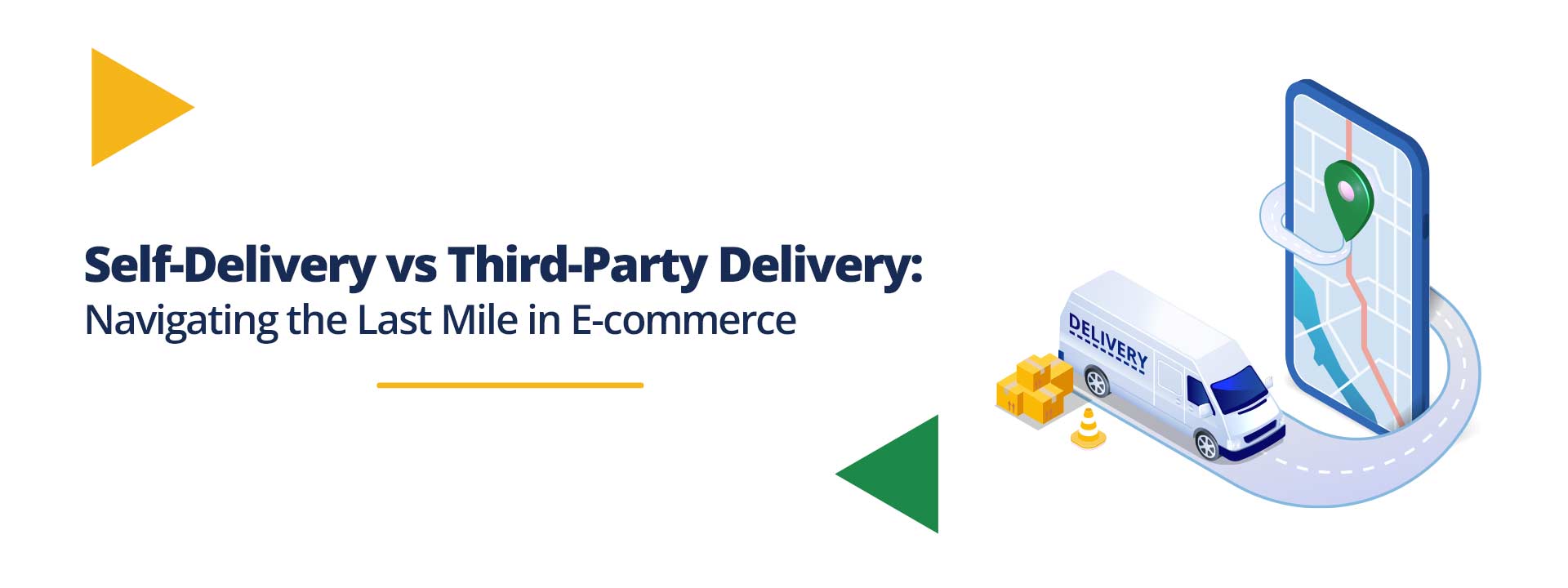Negative shipping experiences can have a huge impact on an e-commerce business. They can affect brand image, customer loyalty, and can increase business costs. If there’s one core area for e-commerce to focus on, then delivery strategy is one of the most critical. How fast do you deliver orders; how many delivery options can you offer; what do you charge for shipping; and is your shipping really reliable?
Consumers choose where to buy from based on their overall customer experience. Having the lowest price or best product no longer guarantees a sale. Consumers thoroughly research and compare products and retailers beforehand. And that includes comparing shipping services. According to a 2015 survey, over 65% of shoppers bought goods from one retailer rather than another because the delivery services they offered were more appealing. Furthermore, over 95% of the same shoppers said a positive delivery experience would encourage them to shop with a retailer again. It’s clear that shipping services play a major role in a customer’s purchase decision, but there’s a good chance your delivery strategy has some areas to improve on.
Today’s customers want affordable prices, flexible shipping options and fast delivery. But they also want more information when it comes to shipping.
• One third of online shoppers are unsatisfied with the ability to see predicted delivery dates
• Half of online shoppers find guaranteed delivery dates important during online check out
• Half abandoned a shopping cart due to a shipping time that was too long or not provided
• One in three say delivery speed is a reason they choose to buy from a vendor
• Two in three people expect to be able to order up to 5pm before next day delivery
• Half of all online shoppers would pay a premium for faster shipping if they need the item for time-sensitive personal reasons, like a birthday or anniversary
To meet expectations like these, you must find an affordable way to enhance your fulfilment operations and there may be many areas that need improvement.
CONSIDER USING A 3PL
Good fulfillment takes the holistic organization of people, processes, and technology to deliver an online order to a customer. This includes your online checkout process, payment provider, order management system, and how you pick, pack, and ship items. When you look at your current processes, start right at the beginning.
Make your online checkout pages shorter and easier to fill out. Your customers should feel confident when they check out.
A lot can go wrong from the time an order is placed before it gets shipped, and many merchants struggle with this part of the process. That’s why many merchants turn to third-party fulfilment providers, also known as third-party logistics (3PLs), or pick and pack services.
TRANSPORTATION MANAGEMENT SYSTEMS
E-commerce is booming and delivery capacity is tight. However, only around 33 percent of all shippers use transportation management systems or TMS.
As e-commerce continues to expand, shippers need to adapt to the changing needs of consumers and accommodate returns rates that are up to four times higher than traditional brick-and-mortar shops. In order to manage e-commerce logistics and maintain cost efficiencies, shippers need to know the challenges and understand how a TMS can help them.
MANAGING E-COMMERCE LOGISTICS IS A TWO WAY STREET
The challenges of managing e-commerce logistics reflect the challenges of traditional logistics management, but with more emphasis on the speed of order fulfillment and delivery, and the timely management of reverse logistics.
This is due to the higher rate of returns connected with e-commerce purchases.
Some of the biggest challenges in e-commerce logistics revolve around the demand for additional last-mile delivery options and next-day shipping, or even same-day shipping.
Traditionally, warehouse management systems (WMS) were designed to handle orders in batches. However, in e-commerce fulfilment instead of having periods of peaks and lulls, orders flood the warehouse continuously, and being able to integrate incoming
orders into existing picking strategies can mean the difference between success and failure. Today’s consumers also expect a hassle-free and cost-free returns process. Shippers must now address the added cost of free returns from more returned orders. As a result, freight spending as a whole is on the increase, but passing this cost along to consumers will only serve to undermine the productivity and brand value gained through e-commerce.




